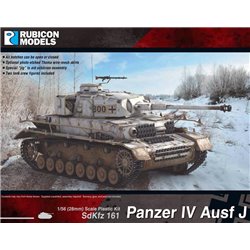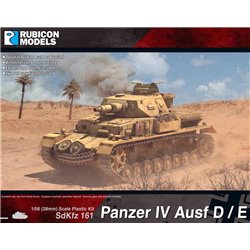There are a number of different options for attaching figures such as a horse and rider to a layout. Perhaps the...
No products
Product successfully added to your shopping cart
There are 0 items in your cart. There is 1 item in your cart.
Search Tips
What is a Panzer tank?
A "Panzer" tank refers to a series of German armoured fighting vehicles, specifically those developed and deployed by Nazi Germany before and during the Second World War. The word "Panzer" itself is a shortened form of Panzerkampfwagen, which translates to "armoured fighting vehicle." In the UK and among the Allies, the term "Panzer" became synonymous with German tanks due to their prominence in warfare and the German military’s innovative and formidable use of them on the battlefield.
The Panzer series included various models, each with distinct characteristics and improvements over its predecessors. The most well-known types include the Panzer I through Panzer IV, along with later developments like the Panzer V (Panther) and Panzer VI (Tiger). Each of these tanks had a different role and was continually modified in response to the challenges of the war. Early models, such as the Panzer I, were lightly armed and primarily intended for training purposes, while the later models, especially the Panther and Tiger, were heavily armoured and equipped with high-calibre guns, giving them a significant edge in both firepower and defence.
German Panzer tanks were crucial in implementing Blitzkrieg, or "lightning war," which relied on rapid, concentrated attacks to overwhelm enemy forces. These tanks could swiftly break through enemy lines and encircle slower, less mobile infantry units, helping to secure quick victories. The design and mobility of Panzer tanks made them well-suited for this strategy, and they were instrumental in Germany’s early successes in Poland, France, and the Soviet Union. The speed and efficiency of Panzers enabled the German forces to exploit weaknesses in Allied lines, creating confusion and severely disrupting defensive strategies.
In addition to their tactical advantages, Panzer tanks were considered technologically advanced at the time. As the war progressed, the German military prioritised heavier armour and larger guns to counter Allied advancements in tank design. The Panther and Tiger tanks, for example, were heavily armoured, designed to withstand significant punishment from enemy fire. These tanks featured sloped armour to increase the chances of deflecting incoming shells, which made them formidable opponents, especially for Allied tanks like the Sherman. However, this increase in armour and firepower came at a cost—both in terms of resources and mobility, as these later models became much heavier and more challenging to manoeuvre.
While effective, Panzer tanks were not without their flaws. Many of the later models were complex and resource-intensive to manufacture, making them costly and difficult to produce in large numbers. The heavy Panther and Tiger tanks also suffered from mechanical issues, partly due to the increased strain on engines and suspension systems caused by their size and weight. Logistical difficulties became an increasing problem, especially on the Eastern Front, where harsh weather and rough terrain took a toll on these complex machines. As the war dragged on, the German military struggled to replace damaged and destroyed Panzers quickly enough to keep up with Allied production capabilities.
In British popular culture, Panzer tanks became symbols of German military strength and technical prowess, but they also represented the challenge and resilience of the Allies who faced them. British forces encountered Panzers across various theatres, from North Africa to Western Europe, where British and American tanks, along with infantry and air support, were key to countering these armoured giants. British tank designs, such as the Churchill and later the Comet, were developed in part as responses to the Panzers, showing how the tanks spurred an arms race in armoured technology.
Ultimately, Panzer tanks left a lasting impact on military history and tank design worldwide. Their legacy influenced post-war tank development in many countries, including the UK, where lessons learned from encounters with German armour informed new designs. Today, Panzers remain iconic in historical discussions, documentaries, and war museums, serving as a reminder of both the technological innovations of the time and the tactical shifts that defined modern armoured warfare.
Click here to receive the tips weekly in your mailbox. You can unsubscribe at any time.










